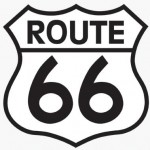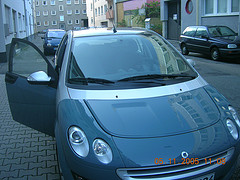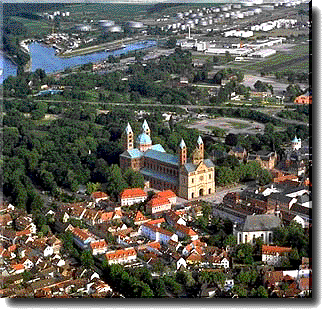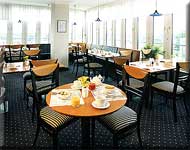This article has been sourced from Gap Year Escape, a website dedicated to Travel, maintained by Amar
The US is renowned the world over for its awesome road trips. Whether you want to rip up Route 66 on a Harley or cruise the Pacific Coast Highway in an open-top convertible (something I did in a used BMW), there’s something for everyone. However, what happens when you cross the border into Central and South America? Are the roads expansive and the scenery stunning or are they all single-lane dust tracks? Thankfully, it’s the former and here are 5 of the best for you to try in your gap year.
Argentina
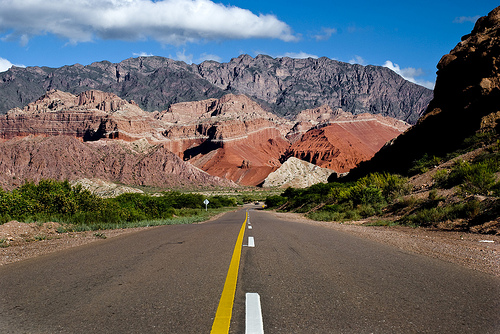 Quebrada de Cafayate from Ruta 68, Argentina
Quebrada de Cafayate from Ruta 68, Argentina
Argentina has an abundance of breathtaking scenery, particularly the northern highlands, which have some great roads and scenic towns and villages all within a relatively short distance of one another. South of the city of Salta, along Ruta 68, are the imposing Quebrada de Cafayate, a fabulous range of red mountains and rock formations. The scenery shifts again as you enter Argentina’s wine-growing region and then visit the remote, pre-Inca ruins of Quilmes. This road trip is best tackled in an all-terrain vehicle that can comfortably handle the country’s many gravelled, unfinished roads.
Bolivia
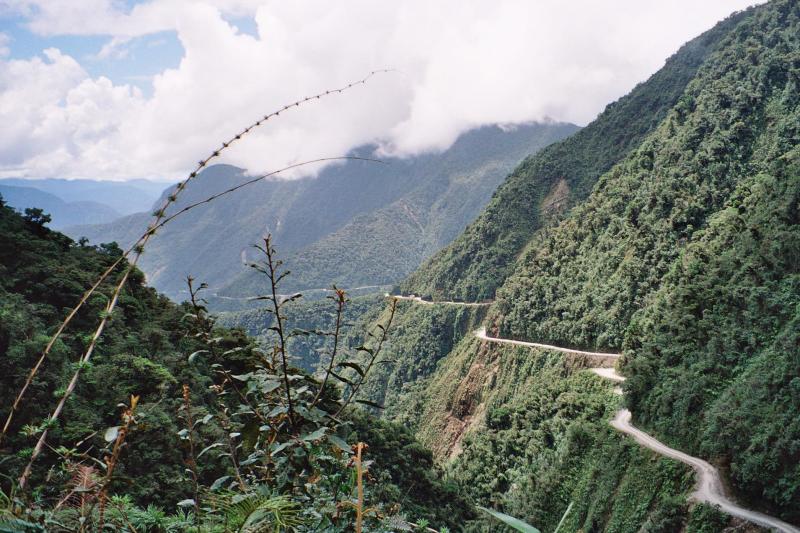 The Yungas Road, also known as Bolivia’s Death Road.
The Yungas Road, also known as Bolivia’s Death Road.
At the heart of the continent lies Bolivia, a country that borders five other South American nations and offers one of the world’s most notorious road trips, known as ‘Death Road’. The 35-mile stretch between La Paz and Coroico quickly ascends into dense rainforest and has some extreme drop-offs and precarious single-lane roads that can be made even more hazardous by rain and fog. Although a truly awesome road it should be treated with extreme caution as it is estimated that between 200 and 300 travellers are killed each year on this road.
